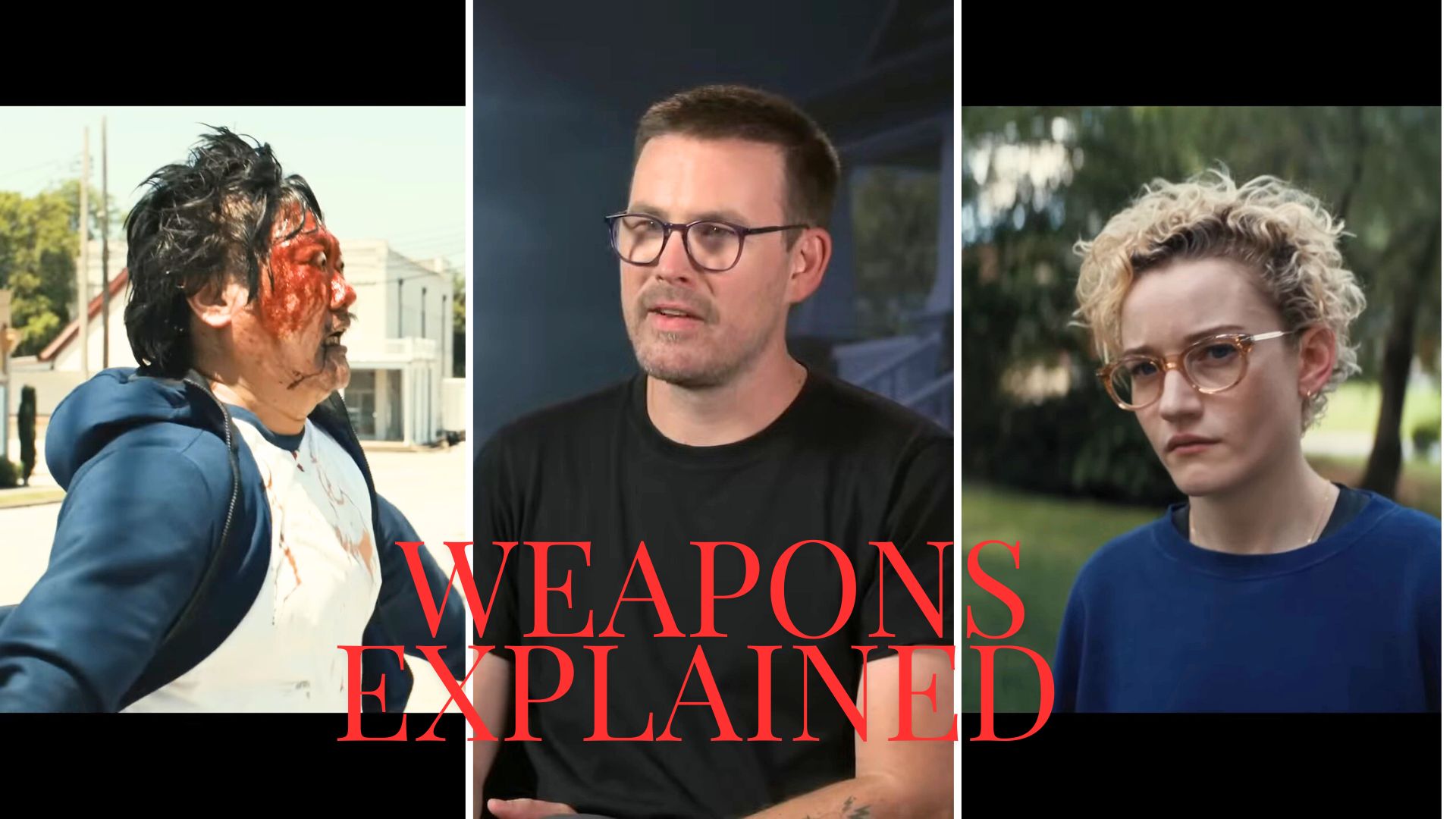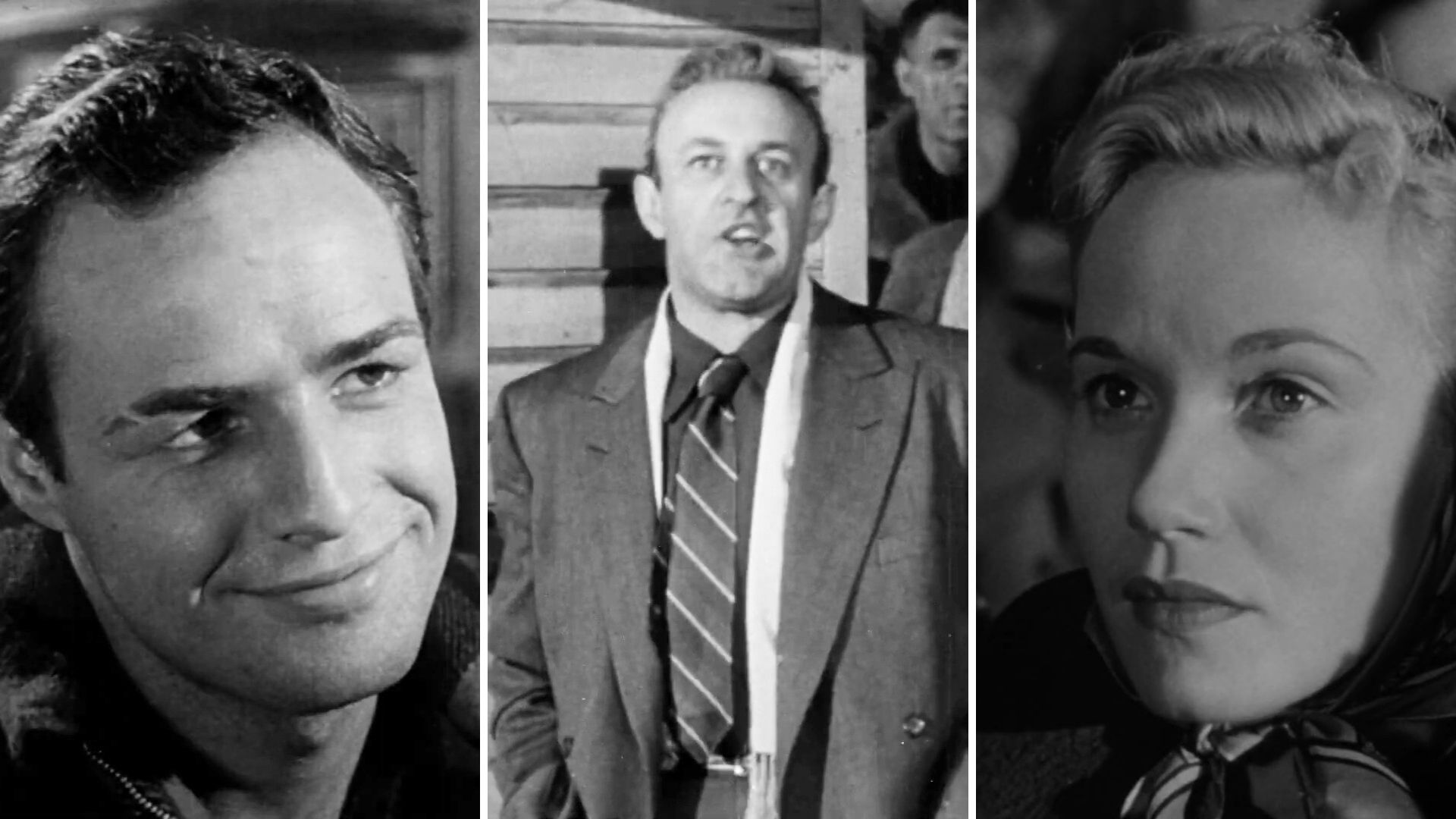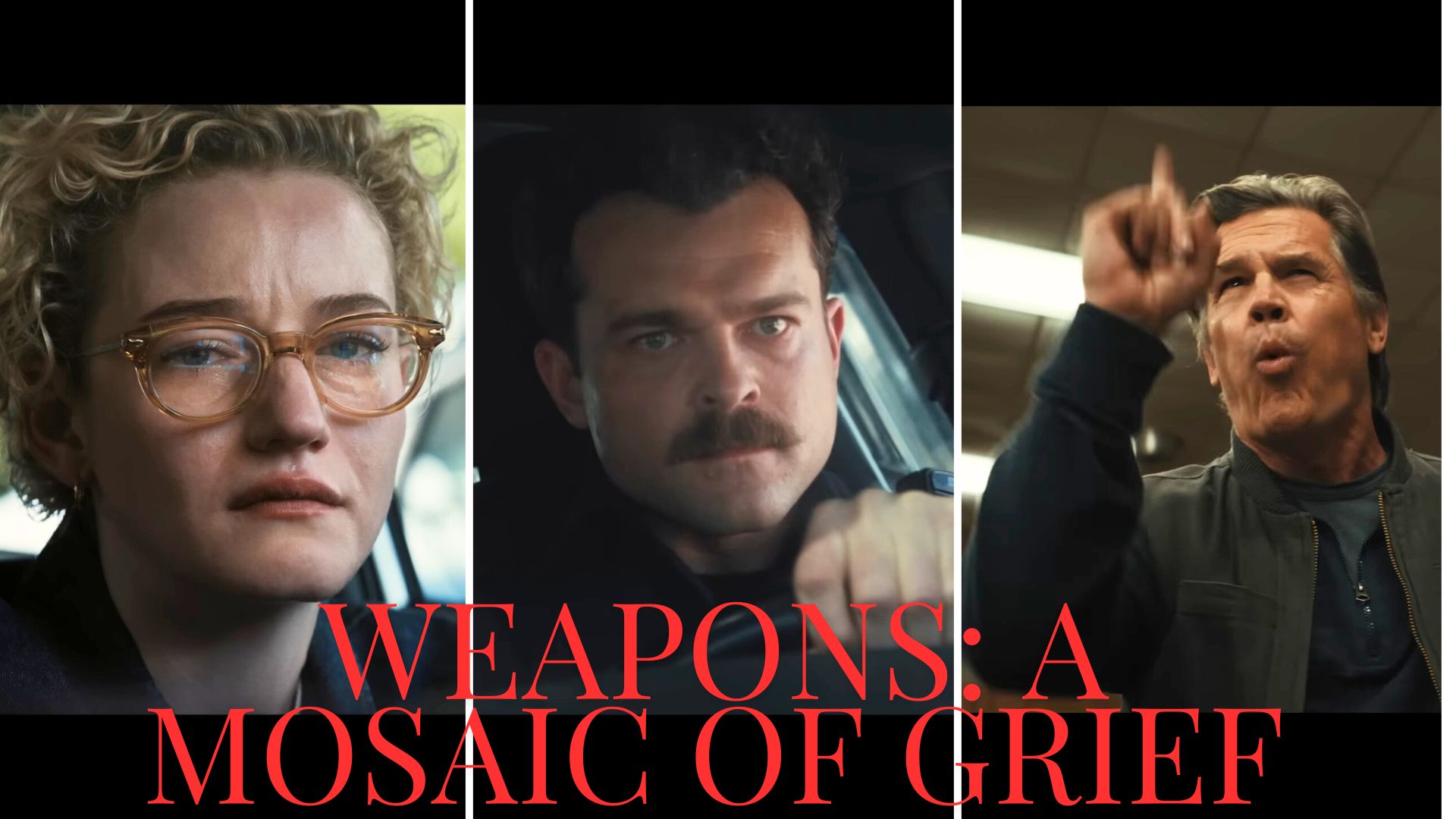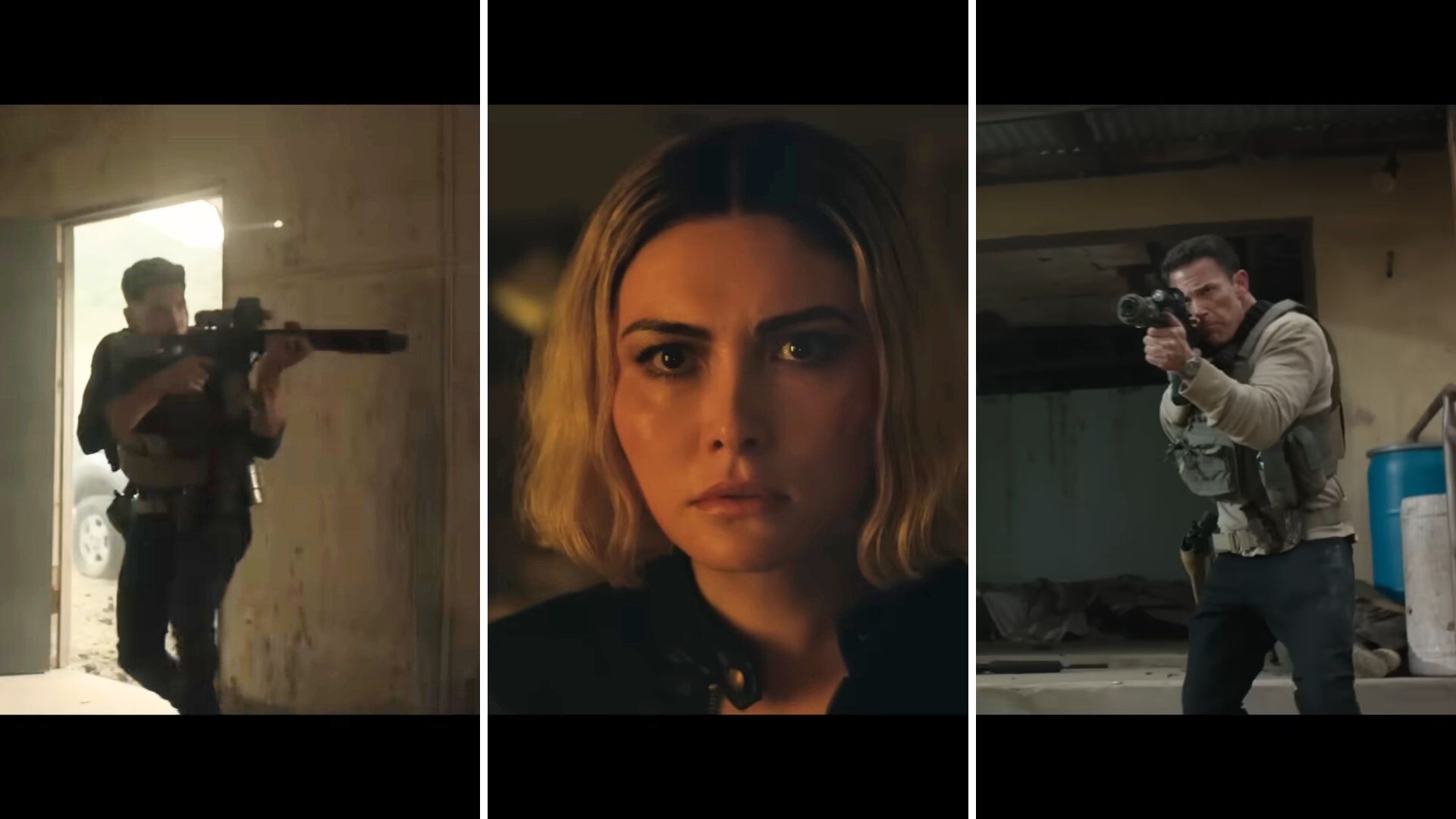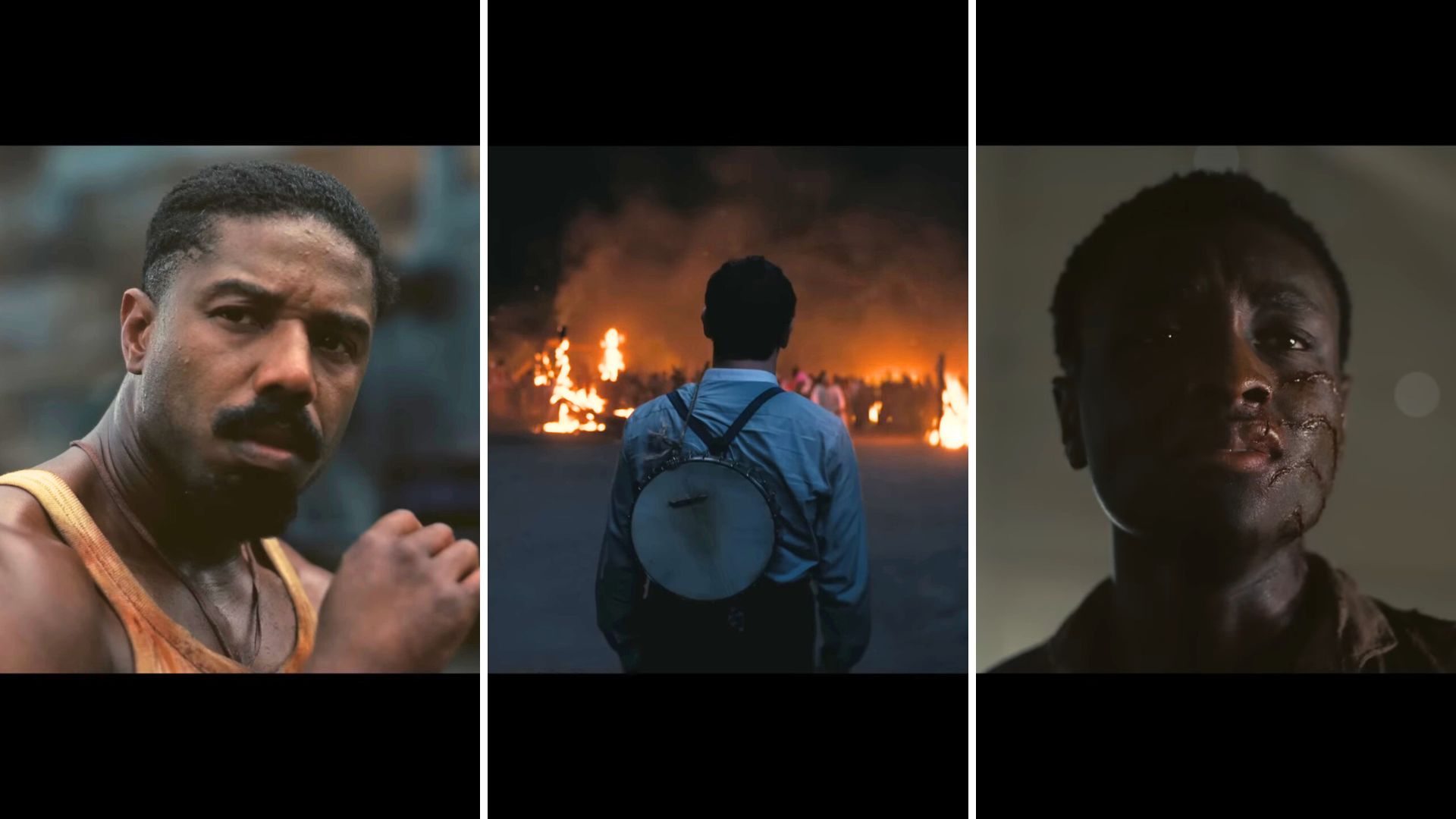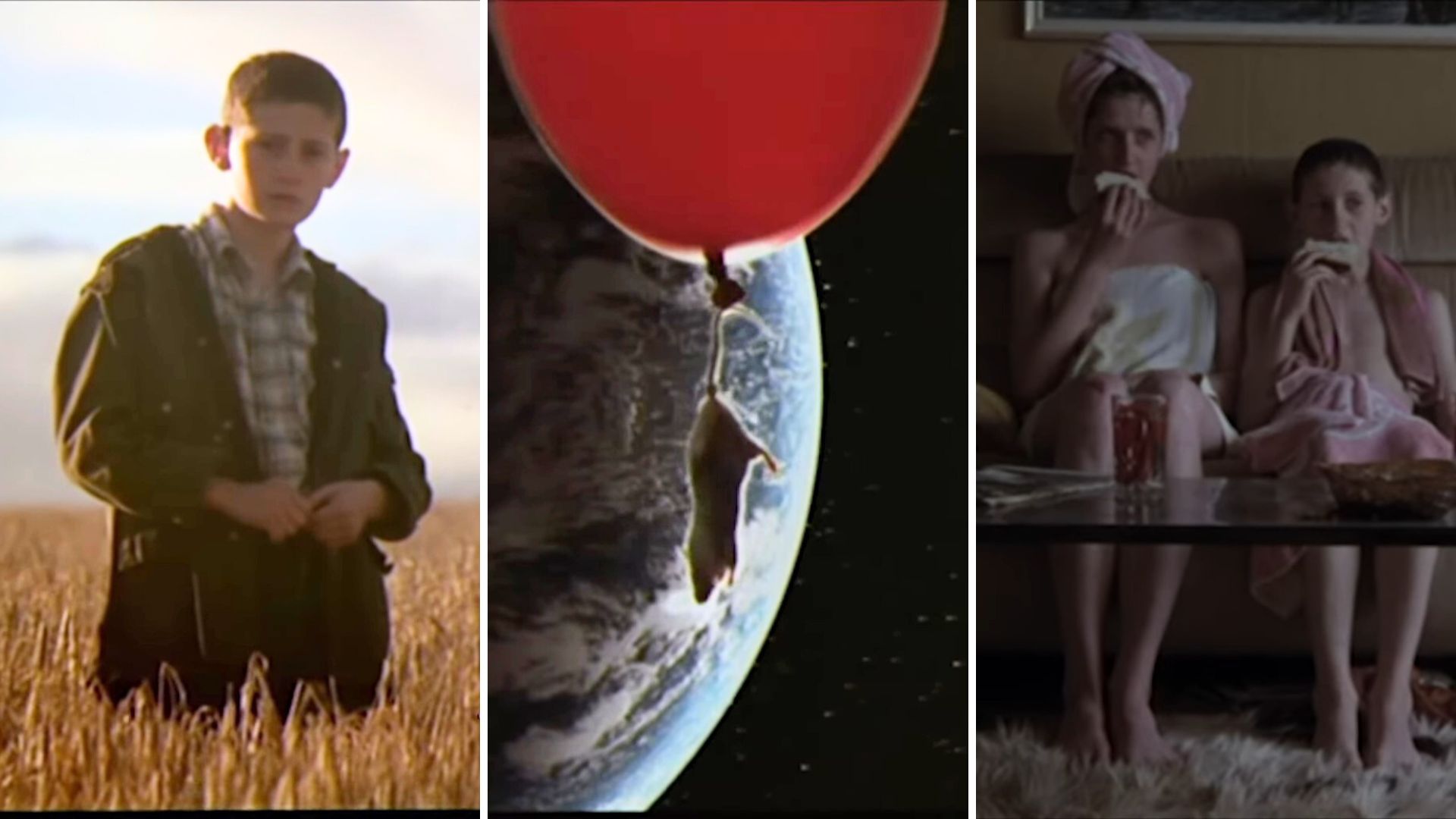
Ratcatcher, the 1999 film from Lynne Ramsay, is a perfect example of filmmaking in the 90s. The 90s were an incredible time for movies and filmmakers. After the Hayes code was abolished in the 60s, American cinema went through a resurgence in the 70s with incredibly talented filmmakers finally able to tell masterful stories without limitations.
This is how we got films like The Godfather, Deliverance, and Dog Day Afternoon. A new class of up and coming filmmakers would make their mark in the 70s with these classic films that would stand for generations. But something also happened in the 70s. Movies like Jaws and Star Wars became huge box office successes, leading studios to push for more and more blockbuster films.
The 90s
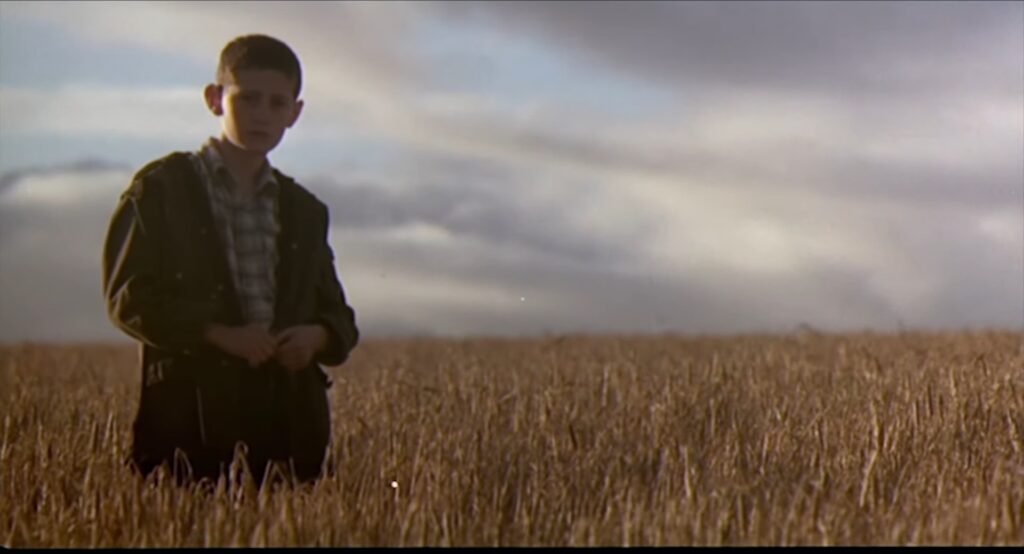
The 90s, however, ushered in a new era for filmmaking and young filmmakers. Young filmmakers who grew up on the great cinema of the 70s were now making their own movies. The cost of filmmaking had gone down, at least for smaller projects, and studios like Miramax were willing to take risks.
Out of this trend came fresh, interesting directors with unique projects that looked like nothing we’d seen before. This is how films like Clerks and Slacker were able to become successful movies with little to no money. However, the industry was still solely based on the studio system. You could make your own movie for relatively cheap. Kevin Smith made Clerks for thirty thousand bucks. But without a studio picking you up, there was nowhere for that film to go. It left the industry in a sort of purgatory where filmmakers could potentially finance their own movies, but they needed the studio system to get their movie in front of a big audience.
Ratcatcher
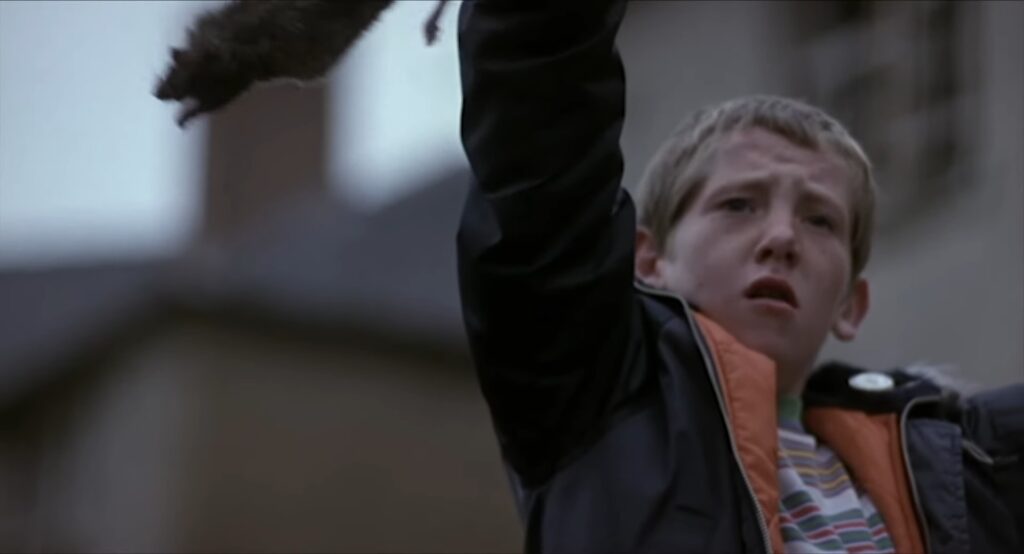
Lynne Ramsay made her feature debut with Ratcatcher in 1999. A film that was primarily funded by the BBC. She had a few shorts under her belt, but nothing that would secure her the kind of financing she’d need for a feature. Working with the BBC allowed her immense creative control, and in turn made her debut film a masterpiece of miniliamism and dream-like grandeur.
Ratcatcher follows the story of James. A young lad living in Glasgow projects during the 1970s sanitation workers’ strike. James and his family are waiting for reassignment to a better project, as the building they currently live in is dilapidated and falling down. The squalor of their living situation is only compounded by the sanitation strike, with bags of trash piling up in front of their building.
Purgatory
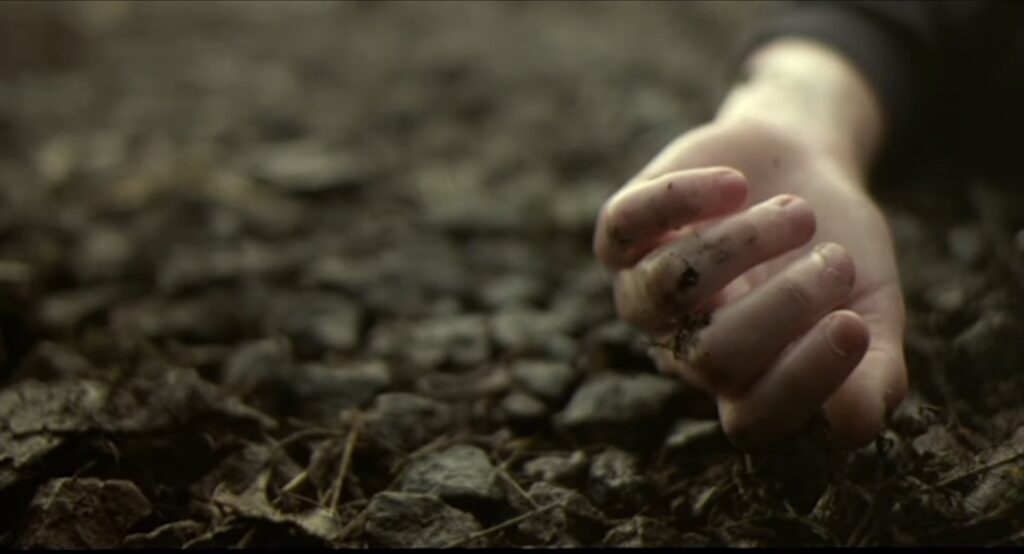
The whole film feels a bit like purgatory for James. Like everyone else in his building, he is waiting for a better place. Some of the homes do not have running water or working toilets, but there is nothing they can do but wait in their condition until a better life is given to them.
The film starts with James accidentally killing Ryan Quinn in the canal behind their house. James feels immense guilt over this interaction, and it informs his decisions for the rest of the film. It’s clear James is trying to be better by befriending the outcasts around him, but it also feels impossible for him to escape the guilt of the film’s tragic opening.
Better Lives
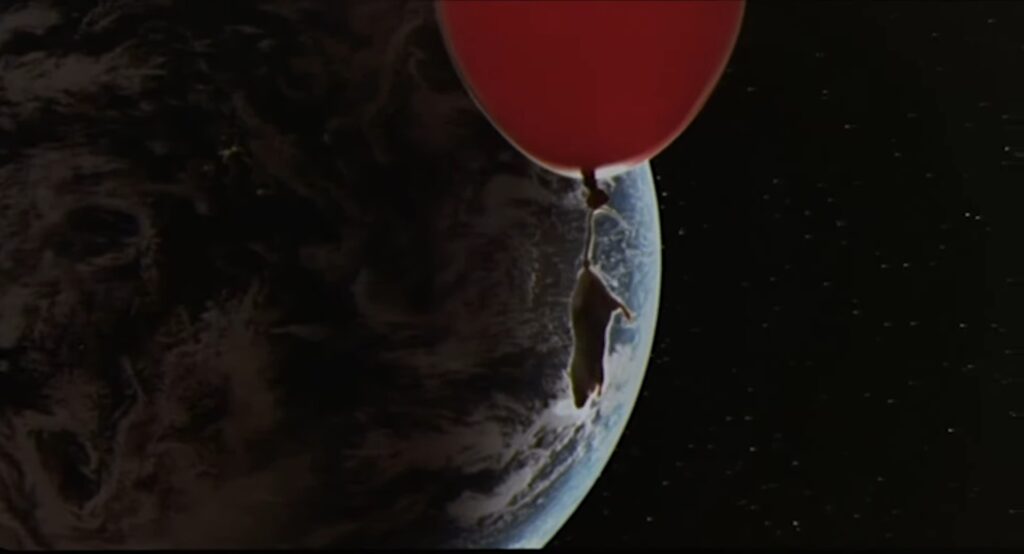
Throughout the movie, James interacts with socially awkward kids like Kenny and Margaret Anne. Kenny is a bit strange, possibly on the spectrum, and is often mocked by the other kids around him. Margaret Anne is a bit older than James and is forced to endure near-constant sexual abuse from the other boys in the neighborhood. James, though, being either too young or too sweet, does not abuse her even when given the chance.
A pivotal scene early on in the film shows Margaret Anne being abused by several boys while James is asked to keep lookout. Lynne never shows any graphic detail and instead frames the scene as a loss of innocence rather than an exploitative scene. It’s a stark contrast to a film like 1995’s Kids by Larry Clark. Lynne often deals with traumatic experiences in her work, but she does so with grace and artistry that it never comes off as exploitative.
Bathtubs
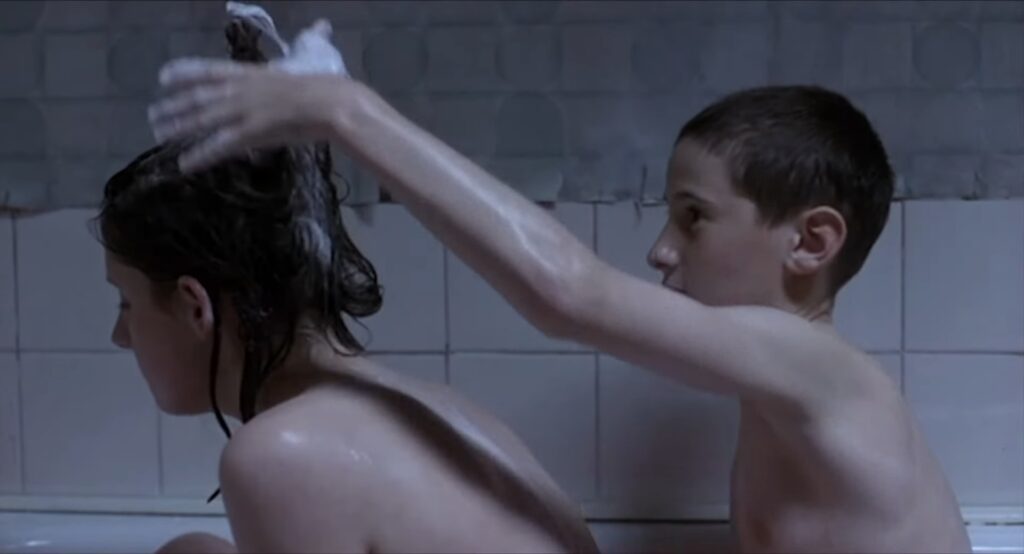
A later scene starkly contrasts this one by being both more graphic and more innocent. James comes to visit Margaret Anne, and he helps her remove lice from her head. The two then share a bath together, and while there is some onscreen nudity, it is never sexualized, and it enhances the story.
Lynne is showing the innocence of these two children. Even though Margaret Anne is a bit older, she’s still a kid. The two are given a brief respite from the abuses they face on a daily basis just to be kids. To enjoy each other’s company without fear of sexualization or abuse. It’s a beautiful scene and one that could only be handled by a director as talented as Ramsay.
Drowning
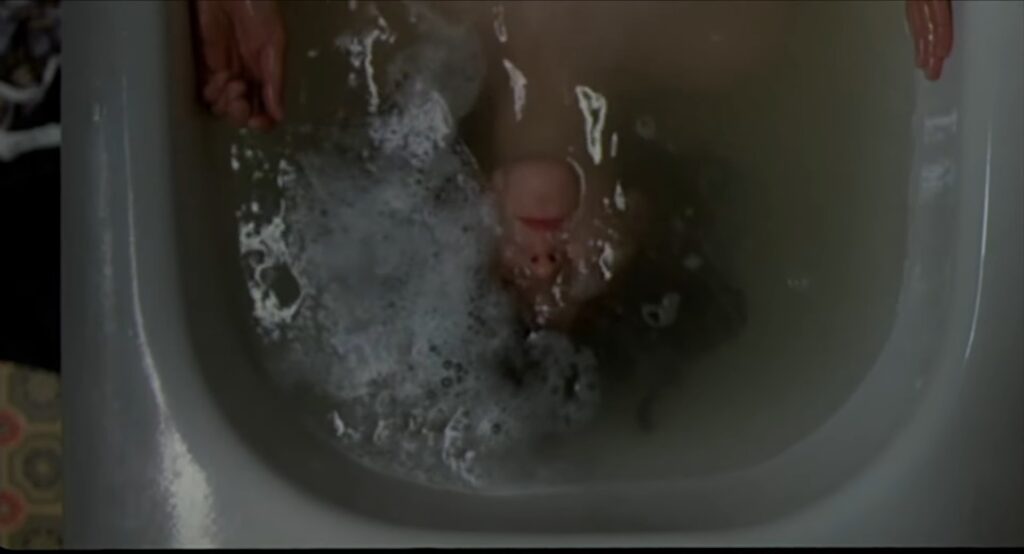
The final act of the film is one that most scholars and critics disagree on. Much like Being There, Ratcatcher ends on an ambiguous note. After the trash is cleaned up, James returns to the canal where he accidentally killed his friend Ryan and jumps in. The film then cuts to James and his family all moving into a nice new huge house with a giant field out back. The exact type of home James has been dreaming of throughout the film. As James walks up to the house, we see him do something he hasn’t done the entire film. He smiles. The film then cuts back to his body in the canal while the credits roll.
Some critics choose to take this ending literally. That James, out of guilt, chose to take his own life in the same place where he ended Ryan’s. Others choose to see this more as a metaphorical ending. James may not physically die, but he uses this moment to fantasize about a better life. One that he may never have. I have a little more cynical take that sort of incorporates both ideas.
Baptism
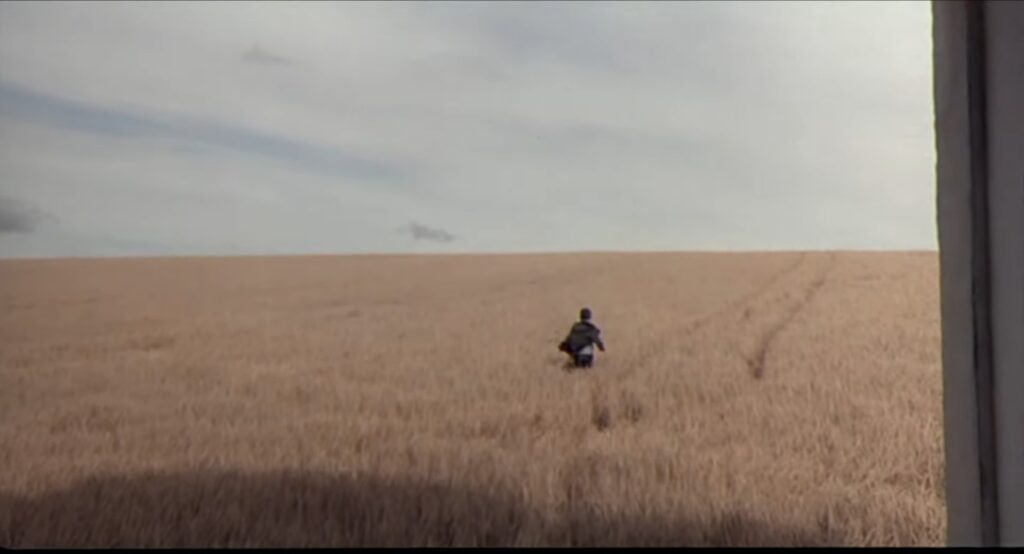
The entire film Ratcatcher feels like a gruesome view of purgatory. One where nothing gets better, there is still pain, and everyone is just waiting for something better. James throwing himself into the river is probably him ending his life, but it’s also him baptizing himself. The film is filled with imagery of water and washing oneself clean. That is what James is trying to do. And the vision he sees while drowning, the beautiful house where everyone will be happy, that’s the heaven that’s waiting after purgatory. A heaven that could have never existed in this world.
Ratcatcher is an amazing film and one of my favorites from this project. I’m a huge fan of Lynne Ramsay. Her film We Need to Talk About Kevin is one of the most haunting films I’ve ever seen, and it shines a light on a dark place in a way we rarely see. She did the same with her debut, and it’s a standout film that deserves all the praise. We may rarely get films from her, but each one is a gift to cinema.



